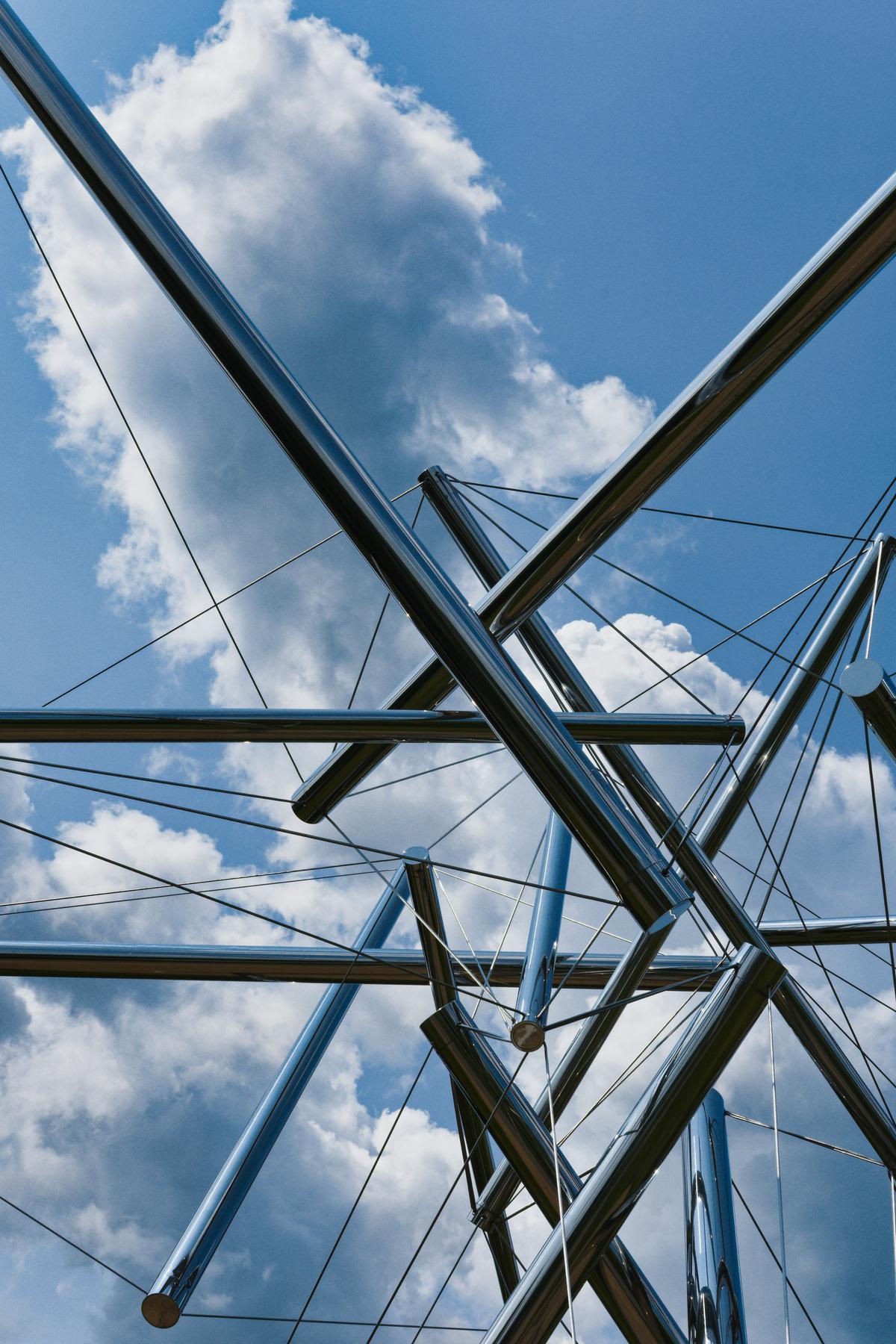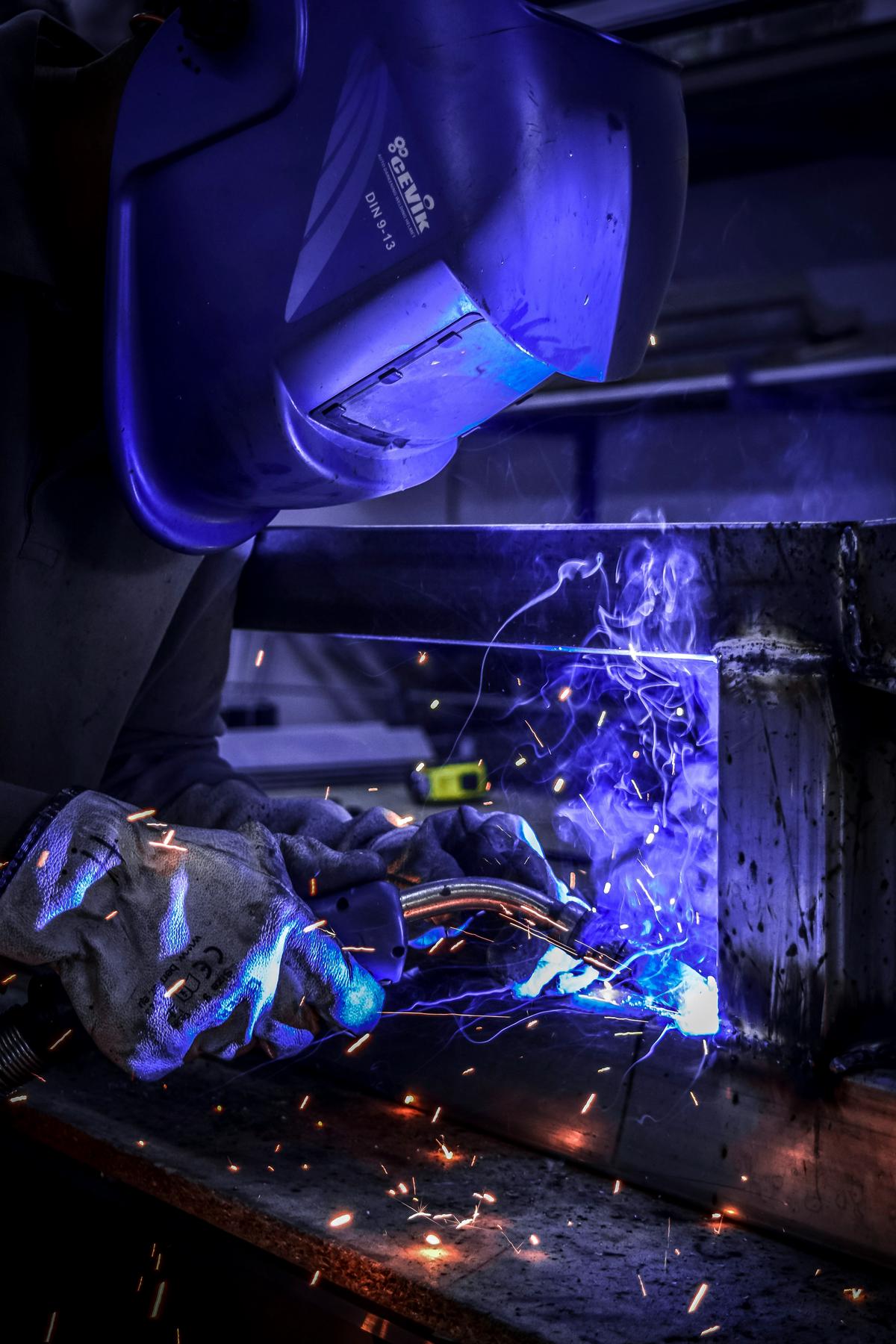The Role of Political Sculpture
Political sculptures serve as visual statements in society, capturing moments in history and provoking thought. The bronze tiki torch statue in Washington, DC, for example, sparks discussion by connecting past events to current issues. Public reactions range from quiet reflection to vocal opposition. On college campuses, sculptures become focal points for debate. At Lehigh University, student artists create plaster figures to express political views, encouraging peers to examine stances on issues like racial inequality. These statues act as silent teachers, promoting empathy through their presence. Some sculptures aim for reflection rather than confrontation. Nancy Schön's "The Noble Journey" in Boston's North End acknowledges immigrant experiences, inviting viewers to consider their ancestors' journeys. It balances nostalgia with a call for unity. Theodore Roszak's 1952 "Unknown Political Prisoner" entry shows how materials convey messages. His use of scorched steel speaks to defiance and resilience, illustrating sculpture's ability to communicate without words. Even controversial sculptures fulfill their purpose by shaping public discourse. Whether discussed on social media or in public squares, these works challenge viewers to explore new perspectives, highlighting art's role in reflecting and influencing society's moral pulse.The Unknown Political Prisoner Competition
The Unknown Political Prisoner Competition, organized by London's Institute of Contemporary Arts during the Cold War, showcased art's role in geopolitics. Sculptures from around the world celebrated resilience against oppression, reflecting the era's ideological tensions. Theodore Roszak's entry stood out as both an artistic and political statement. His use of brazed steel echoed the struggle and tenacity of those it honored. The sculpture's form balanced beauty with harshness, mirroring the era's complexities.Interestingly, the competition was later revealed to be part of the CIA's cultural diplomacy efforts. This connection added depth to the entries, positioning them within a larger narrative of promoting Western ideals.

Techniques and Materials in Political Sculpture
In political sculpture, the choice of materials and techniques amplifies the work's message. Theodore Roszak's "Defiant and Triumphant" exemplifies this, using welded and brazed steel to convey resilience and resistance.- Welding steel creates a strong, unified form that mirrors human perseverance.
- Brazing adds complexity, with its seams representing alliances in resistance movements.
- The rugged texture invites viewers to reflect on the layers of human experience embedded in each contour.

Photo by fiisaldanha on Unsplash
Controversial Political Sculptures
Political sculptures often spark heated debates, revealing tensions between artistic expression and societal norms. These works serve as catalysts for important, if uncomfortable, conversations. The "Unknown Political Prisoner" sculpture by Reg Butler, for instance, faced vandalism at the Tate Gallery. This incident highlighted how political art can attract both admiration and anger, reflecting divided views on art's role in politics. More recent anonymous installations in Washington, DC, such as a bronze tiki torch statue and a parody of Nancy Pelosi's desk, use humor to comment on current events. These works provoke by referencing recent history and ongoing political tensions."I think they're very thought-provoking," Maryland resident Grace Denman said of the statues. "It reminded me how angry I was about January 6 and the deaths in Charlottesville because of the White supremacists, so it brought back some of that energy and anger that has faded over time as we're coming into a really contentious and possibly dangerous election."Public reactions to such sculptures vary widely. Some see them as calls for engagement and critical thinking, while others view them as unwelcome reminders of unresolved issues. The resulting discussions underscore art's power to shape public discourse and challenge societal values. These controversies reveal how political sculptures act as both mirrors and catalysts, reflecting societal tensions while pushing for change. By sparking conversation, they ensure their place not just in galleries, but in the broader narrative of human advocacy.
Contemporary Political Sculpture Projects
Today's political sculpture projects are powerful tools for stimulating discourse and driving change. Artists and students create works that comment on current social issues, engaging communities in important conversations. At Lehigh University, students in a Sculpture I class created life-sized plaster figures addressing topics like racial inequality. Inspired by George Segal's methods, these installations actively engage with their environment, provoking dialogue and challenging the status quo. These projects allow students to express their views in ways that words alone cannot. The process of creating and placing these sculptures becomes transformative for both artists and viewers, as seen when student Emma Kwasnoski's depiction of kneeling students sparked campus discussions about racial injustice. In public spaces, anonymous artists have erected provocative statues critiquing modern political climates. Using humor and historical references, these works spotlight issues that might otherwise fade from public consciousness. Whether temporary or permanent, these sculptures catalyze dialogue about cultural and societal norms. They challenge viewers to reassess their perspectives and question the world around them. As these projects continue to emerge, they play a vital role in fostering engaged, thoughtful communities. Their presence in public spaces is a call to action, reminding us of art's power to shape not just galleries, but societies and futures.Political sculptures serve as powerful conduits for dialogue, urging society to confront its values and beliefs. These silent yet eloquent figures remind us of art's enduring capacity to provoke thought and inspire change.
- Burstow R. The limits of modernist art as a 'weapon of the Cold War': reassessing the unknown patron of the Monument to the Unknown Political Prisoner. Oxford Art Journal. 1997;20(1):68-80.
- Marter J. The ascendancy of abstraction for public spaces: the Monument to the Unknown Political Prisoner competition. Art Journal. 1994;53(4):28-36.
- Irving D. Theodore Roszak: The Drawings. New York: Rizzoli; 1992.
- Sawyer K. Theodore Roszak. Art International. 1958;2(8):25-28.
- Steinberg L. The eye is a part of the mind. Partisan Review. 1953;20(2):194-212.























